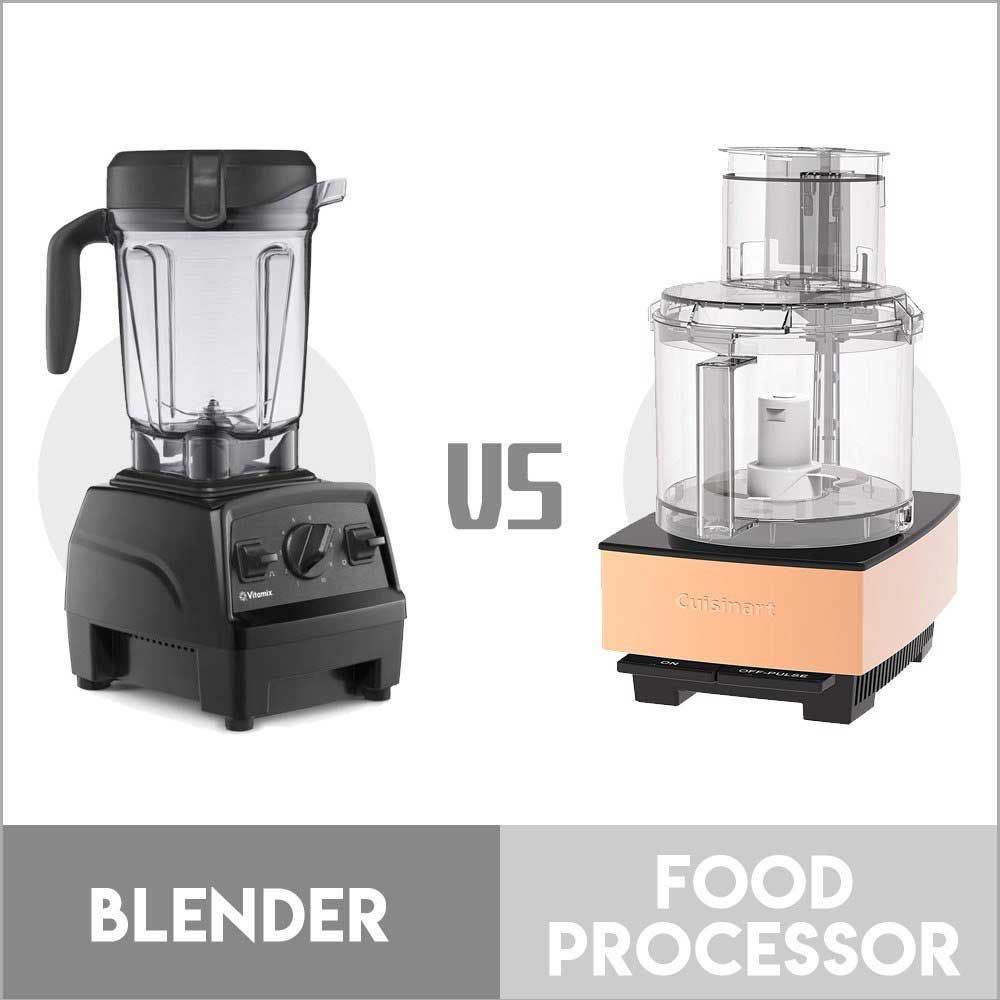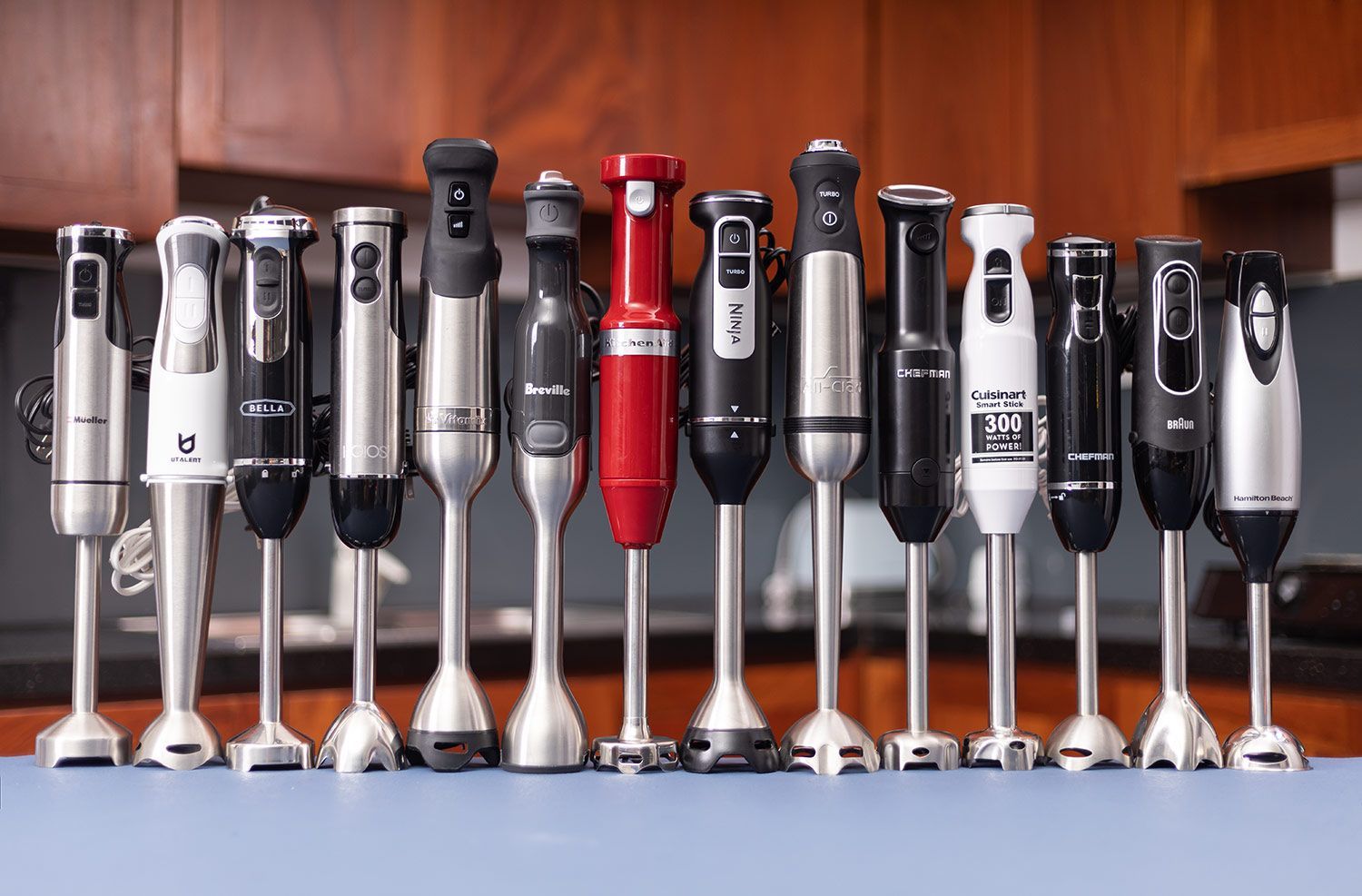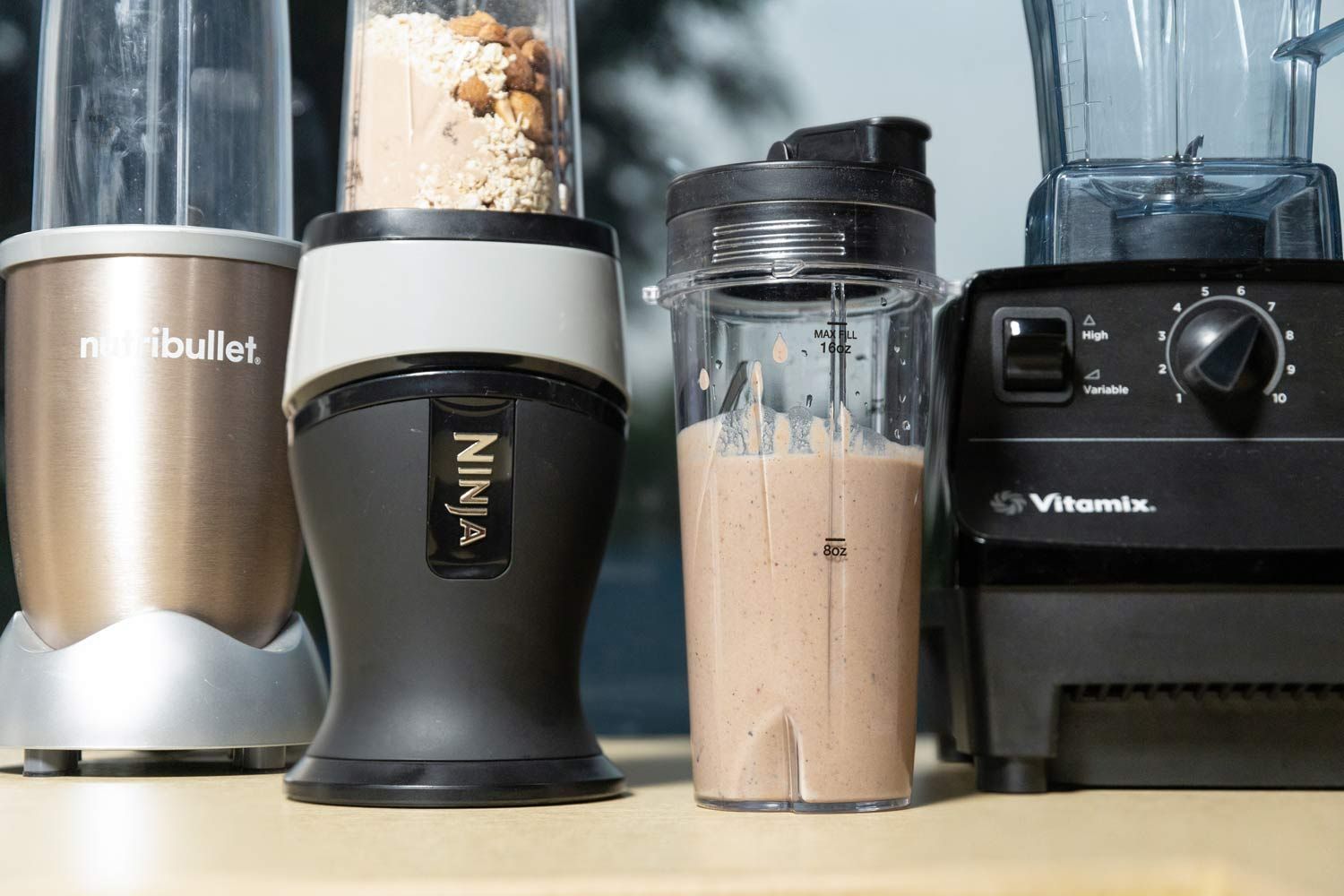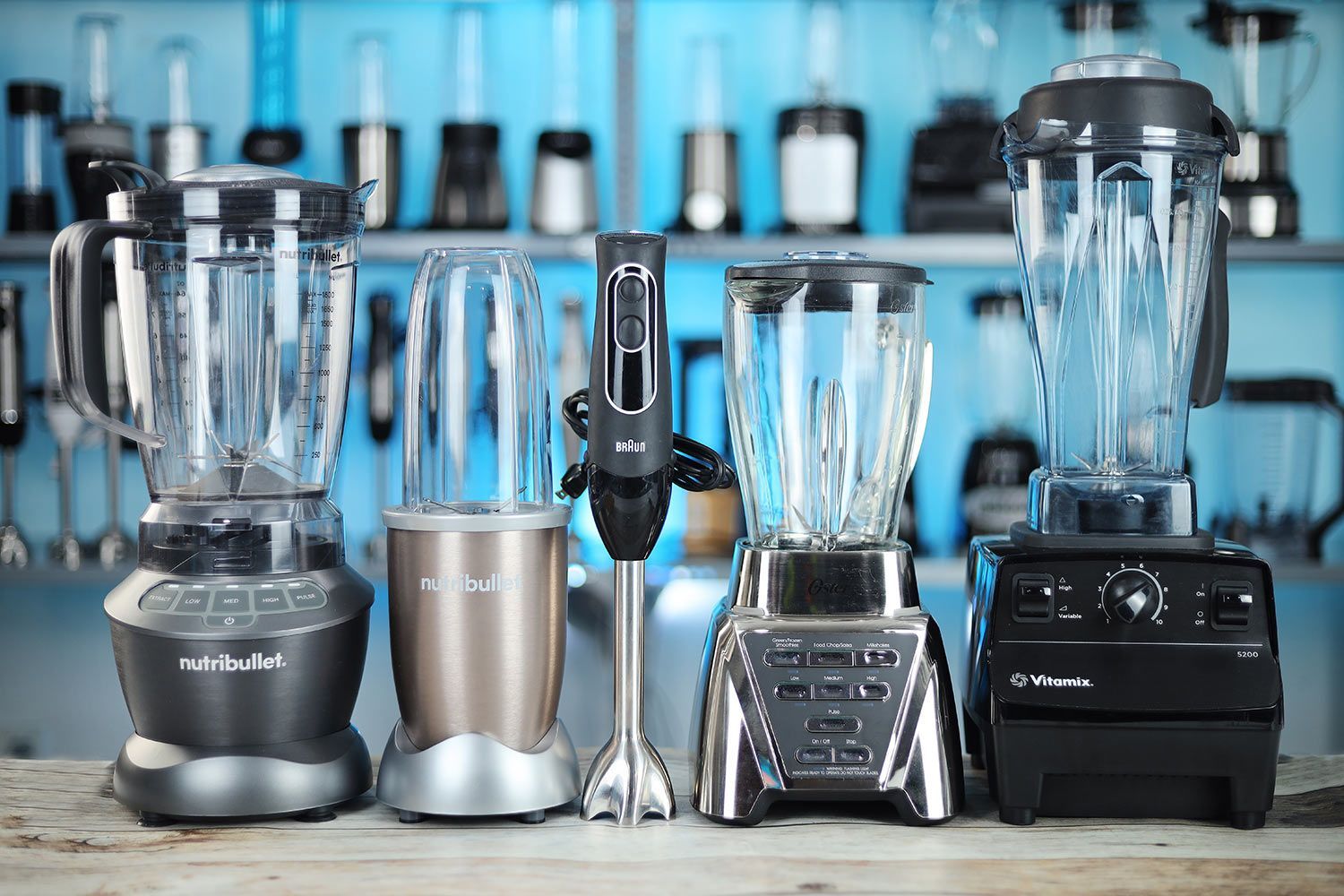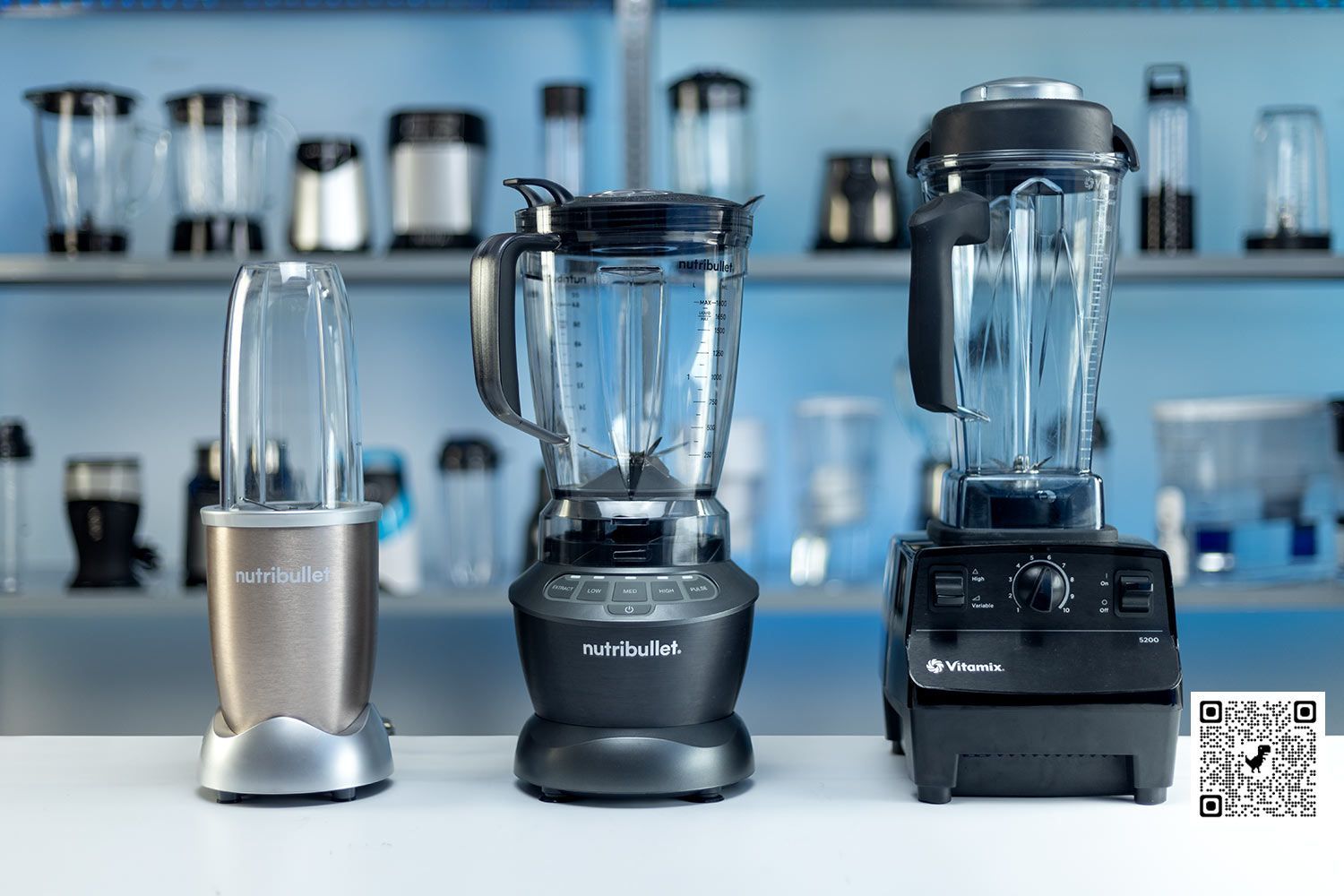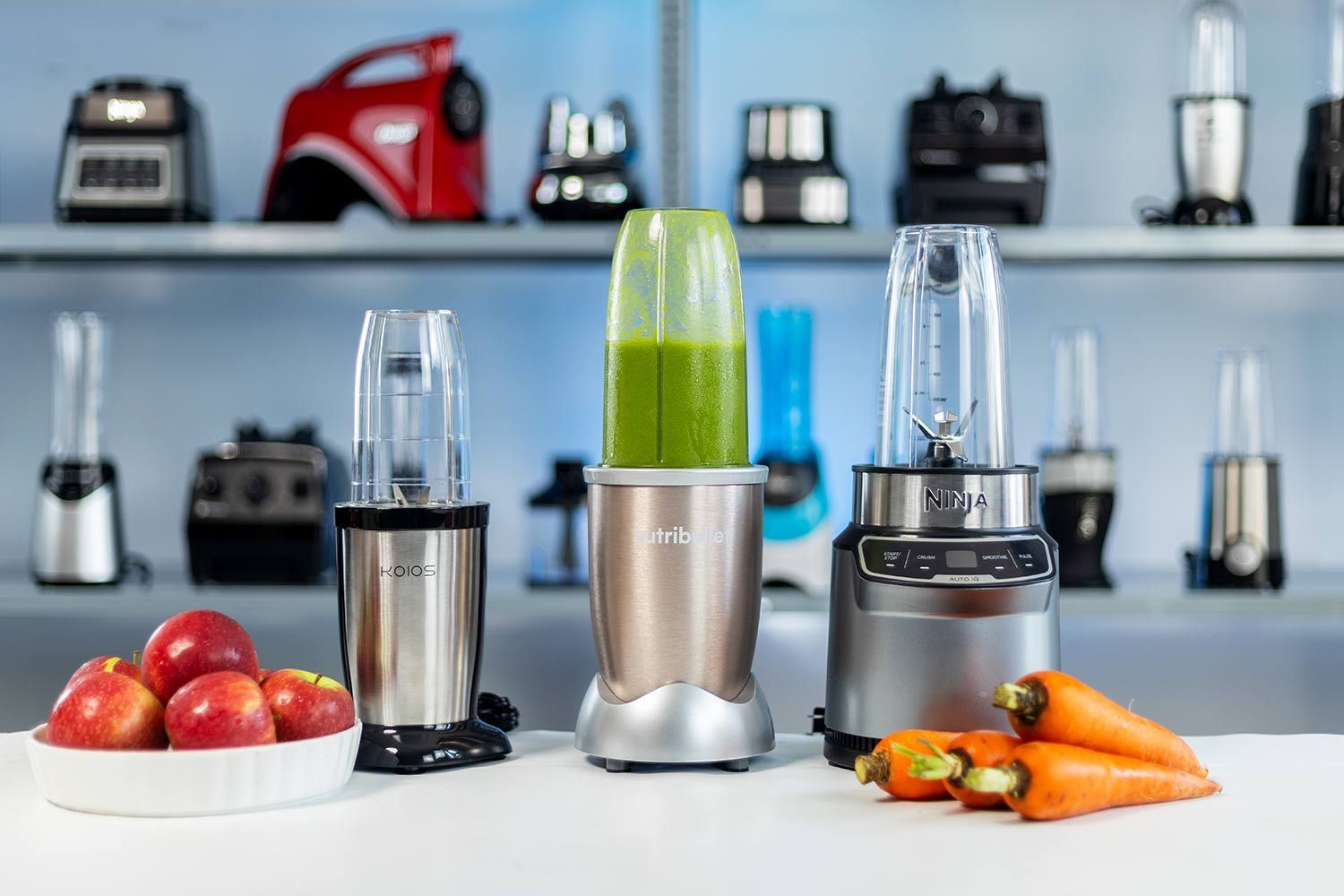Our recommendations are made independently. We may receive commissions from purchases made via our links.
Things to Keep in Mind When Buying a Blender
Discover the ideal blender for you with our analysis of immersion, personal, and full-sized types, focusing on essential factors for each category.
Selecting the perfect blender isn’t just about picking a popular brand—it's about understanding the nuances that will influence your daily usage.
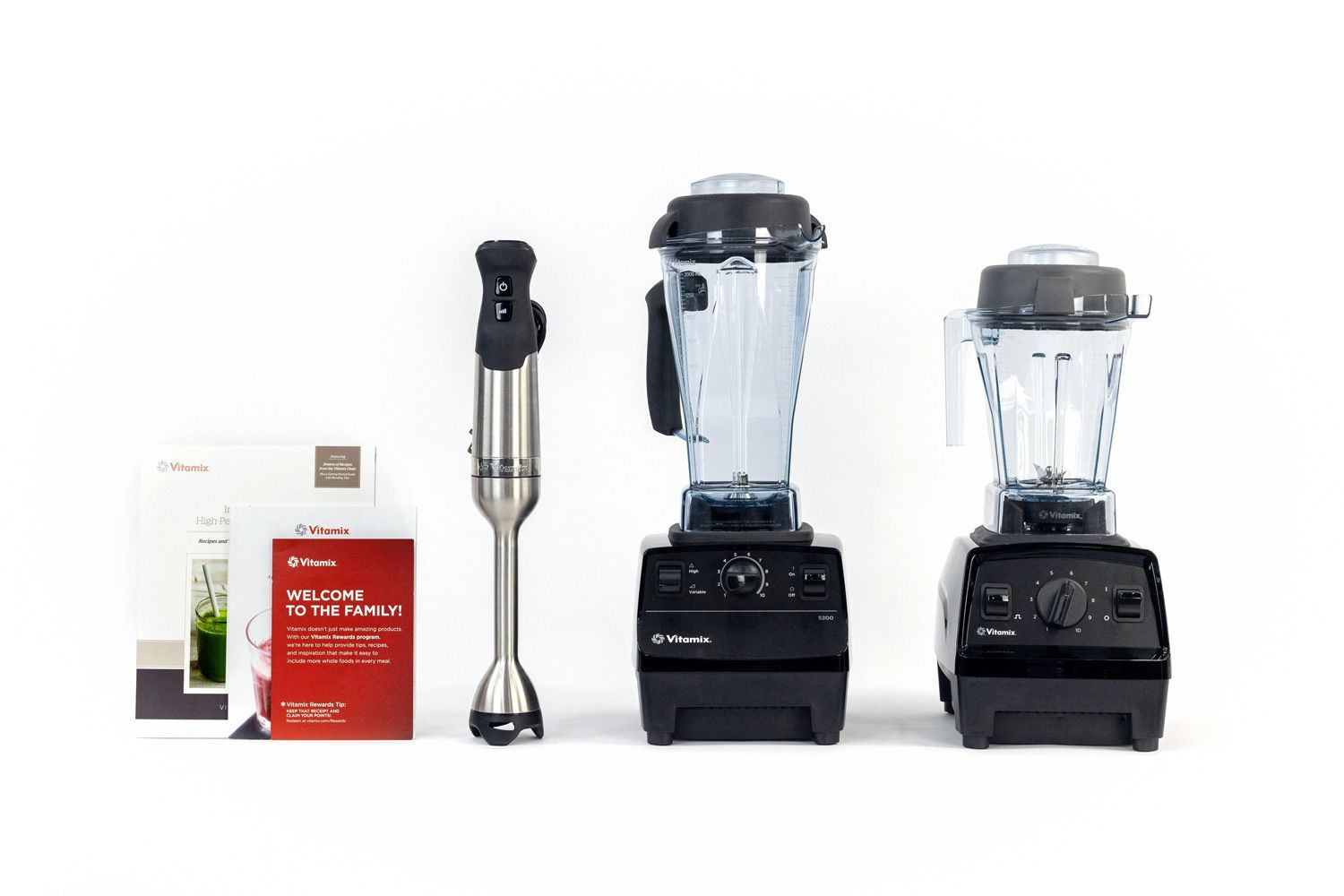
First and foremost, pinpoint the blender category that aligns with your lifestyle: immersion, personal, or full-sized. Each type serves unique purposes and comes with specific features you'll want to evaluate.
From motor power to design finesse, let’s dive into what makes each category distinct and discover the key factors that should guide your choice in our comprehensive breakdown.
Full-Sized Blenders
Full-sized blenders, also known as countertop blenders, are the most versatile and powerful, often capable of blending up to 72 ounces at a time. They come equipped with powerful motors, offering multiple speed options for better control over texture.
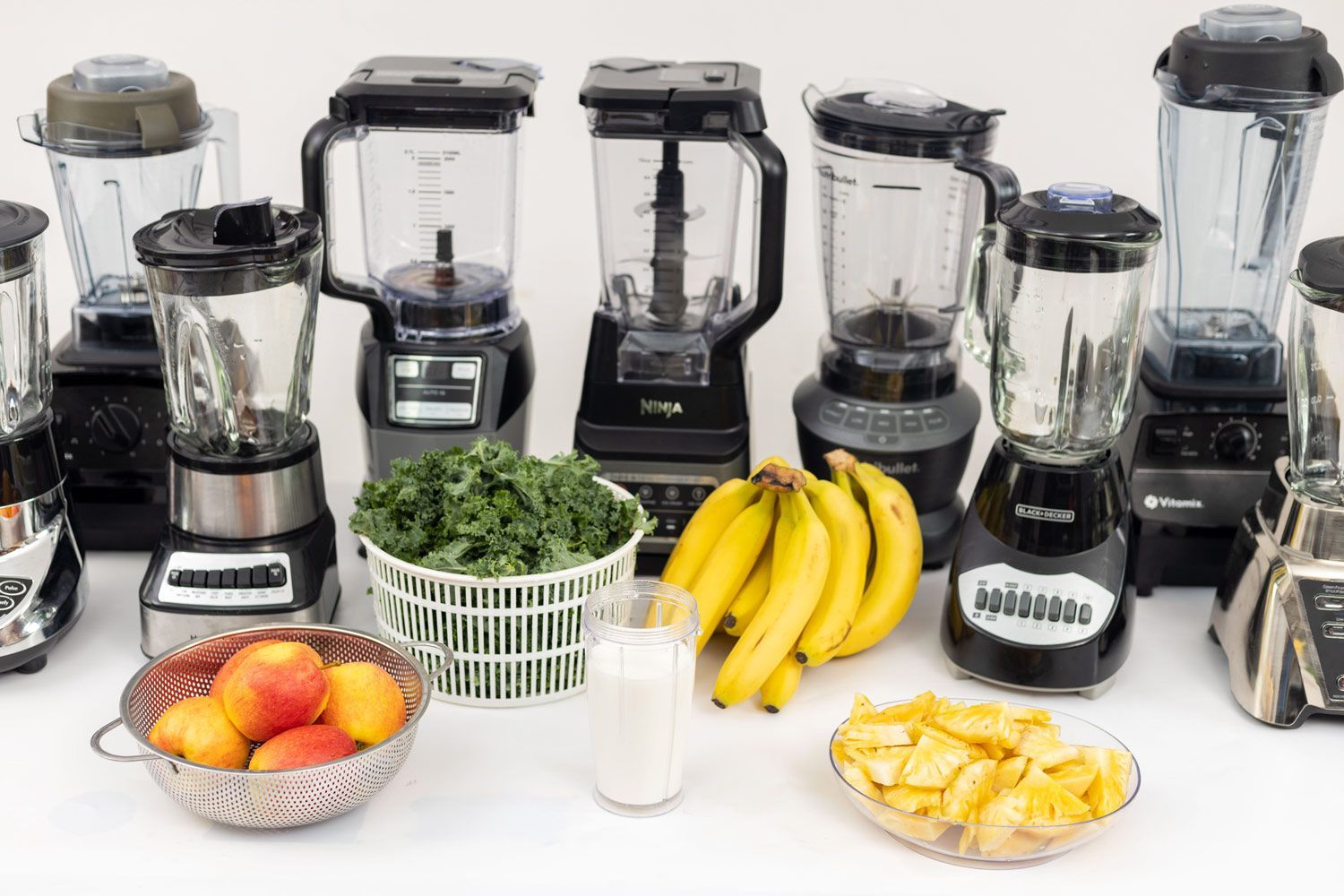
- Power and rotation speed: For heavy home use, commercial settings, or if you simply expect top-tier blending capabilities, you’ll want a blender with a power output of 700-1,500 watts and rotation speeds between 20,000-40,000 RPM. While budget-friendly options with less power exist, their efficiency often leaves much to be desired.
- Blade design: We recommend blenders featuring 6-prong blades over the 4-pronged ones. The extra prongs create smoother, finer blends. Detachable blades are also nicer when it comes to cleaning, particularly when working with sticky foods like nut butter or mayonnaise.
- Speed settings and presets: Full-sized countertop blenders offer a range of speed settings, with some models including preset programs as well. Our tests, however, have found manual operation to be as effective as any preset function (if not more so). We don’t recommend paying extra for presets.
- Pitcher (Jar): Blender pitchers are usually made of glass or plastic. Glass, while scratch-resistant and non-absorbent, is heavier and prone to breaking. Plastic pitchers are lighter and shatter-resistant, perfect for high-traffic or commercial environments. The trouble is they can become cloudy or gather scratches, odors, or stains over time.
Personal Blenders
Personal blenders are more specialized in purpose: they’re designed to make single-serve smoothies or protein shakes. They don't take up as much space as full-sized ones, usually coming in at about 13 to 16 inches tall. They are typically more affordable, too. But this also means that they come with smaller pitchers (from 16 to 24 ounces) which are as compact as travel mugs and often fit well in most car cup holders.
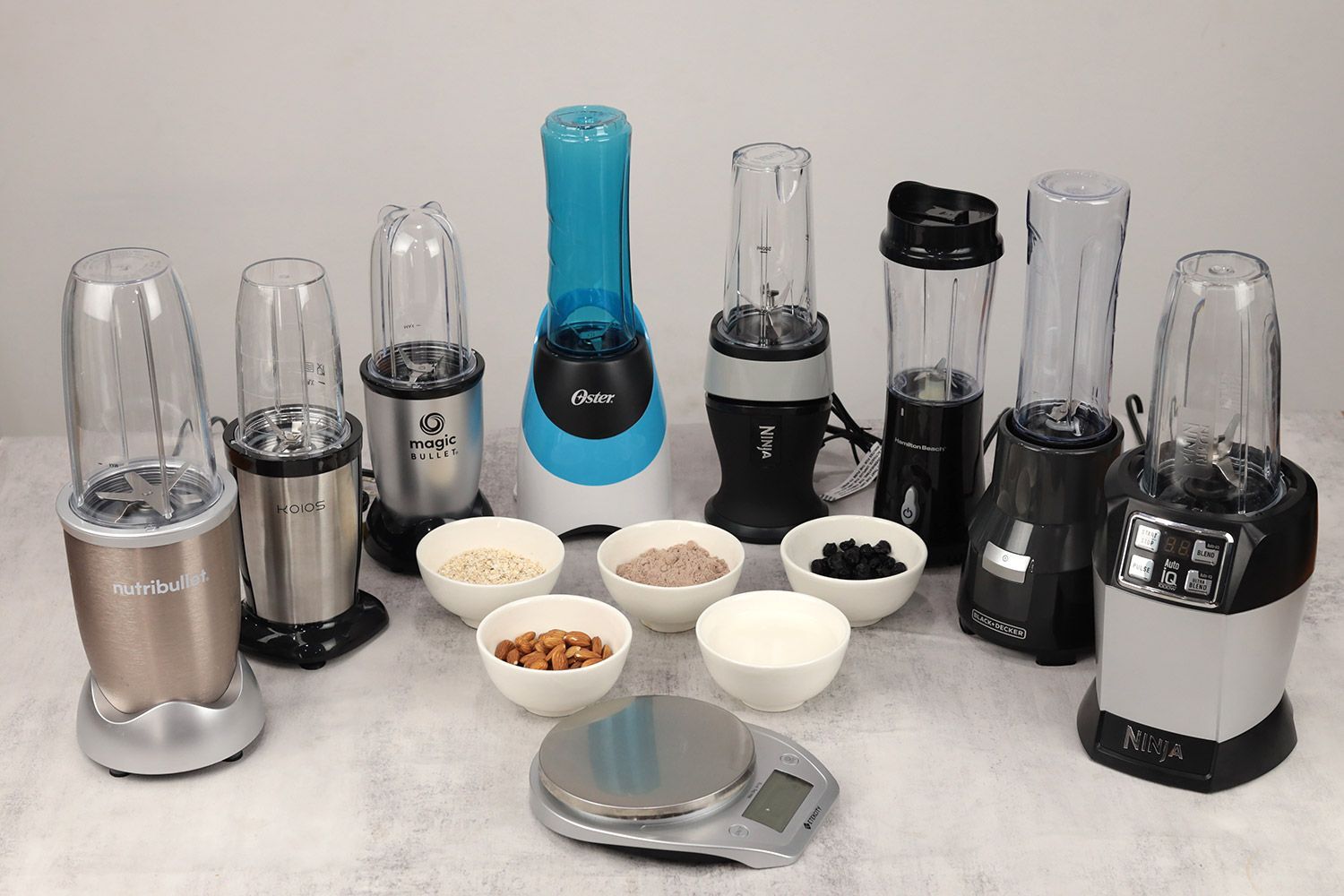
- Power and rotation speed: Aim for models with a minimum power rating of 400 watts and a rotation speed between 10,000 and 20,000 RPM. Those at the higher end of the power spectrum can often tackle demanding tasks such as preparing frozen fruit smoothies or dry grinding raw nuts. Some models can even crush ice, an achievement usually reserved for full-sized blenders.
- Blade design: Similar to full-sized blenders, personal ones feature 4-prong or 6-prong blades. More prongs offer better blending, but for simpler tasks like pureeing soft fruits or blending protein shakes, a 4-prong blade suffices.
- Speed setting: Most personal blenders run at a single speed, but you can find a few models with multiple speeds or blending presets. We favor single-speed variants for their affordability, efficiency, and simplicity. The extra features found in full-sized blenders often aren't needed.
- Blending cups: The size of the cup's opening is more impactful than its quality. It’s harder (and often messy) to pour ingredients into a narrow-mouthed cup. Those with wider openings—about 3-inches or more—can accommodate whole fruits, large vegetable pieces, and even a standard kitchen spoon or spatula when you need to mix things around. Obviously, wider cups are also easier to clean.
Immersion Blenders
These handheld devices are compact and ideal for quick, smaller tasks like pureeing hot soups, whipping up cream, and emulsifying sauces. When it comes to tougher tasks like blending frozen fruit into smoothies, grinding nuts, or crushing ice, they won’t work nearly as well as countertop or personal blenders. However, their standout advantage is their ability to blend directly in any container, so they are uniquely versatile appliances.
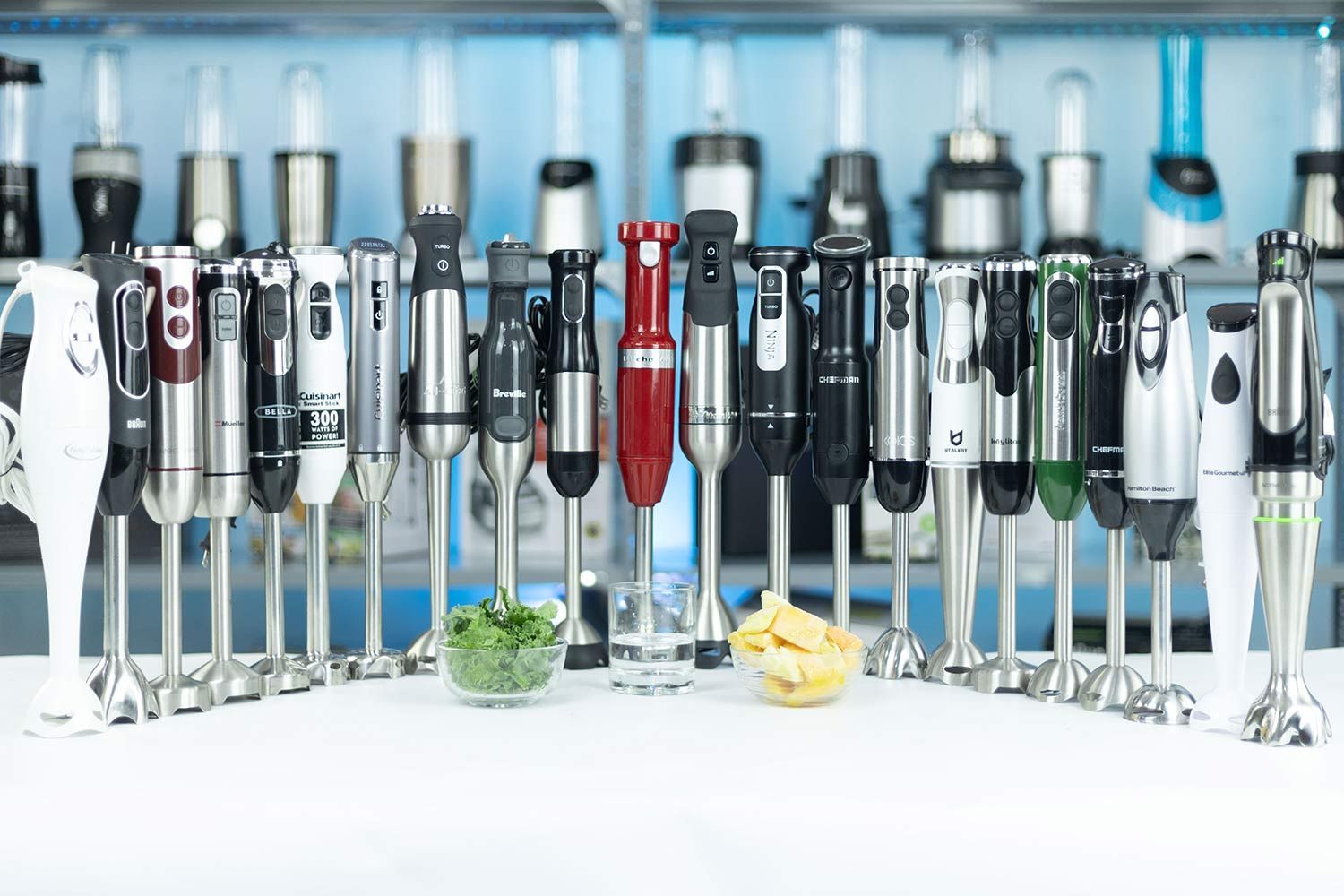
- Power and rotation speed: Lower-powered models (around 100-200 watts) might revolve at approximately 6,000 RPM—enough for blending soft fruits, vegetables, or cooked food. Meanwhile, higher-powered ones (around 300-500 watts) might reach up to 12,000 RPM, giving them the ability to handle tougher ingredients like raw vegetables.
- Dimension: Given that immersion blenders are handheld devices, comfort and ease-of-use are paramount. Ideal weights fall between 1-2 lbs for prolonged use, and they should be 14-20 inches long so as to reach into deep pots.
- Speed setting: Some immersion blenders run at just one or two speed settings while others have ten or more. However, for most tasks, two to three speeds are sufficient—usually a lower speed for whipping creams, making mayonnaise, or emulsifying vinaigrettes, and a higher one for blending tasks, such as pureeing fruits or vegetables.
- Attachments: Added attachments like a whisk or chopper will make your device more versatile and give you a better ability to beat eggs or whip mayonnaise. If you consider these attachments beneficial, just be sure you have a place to store them.

